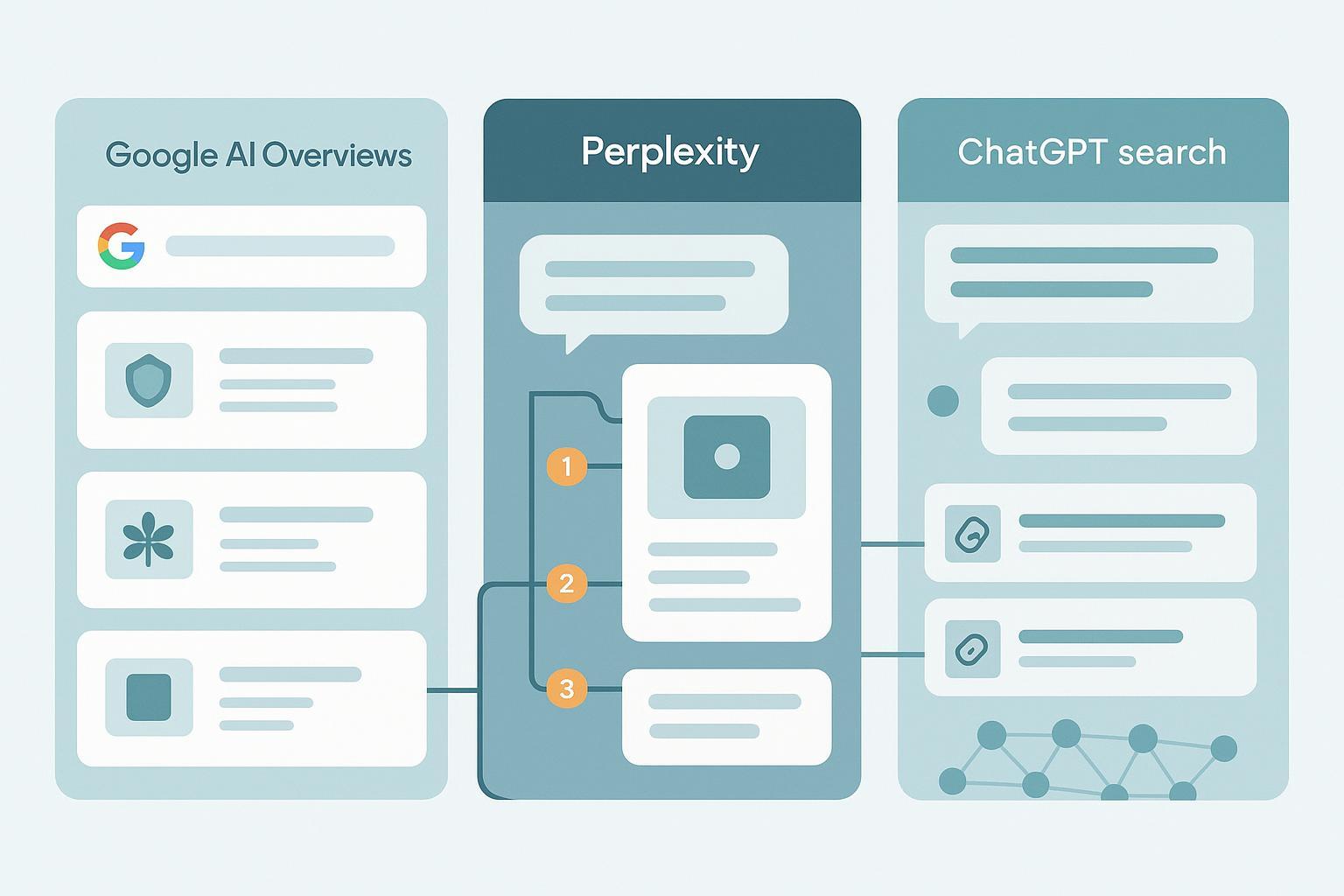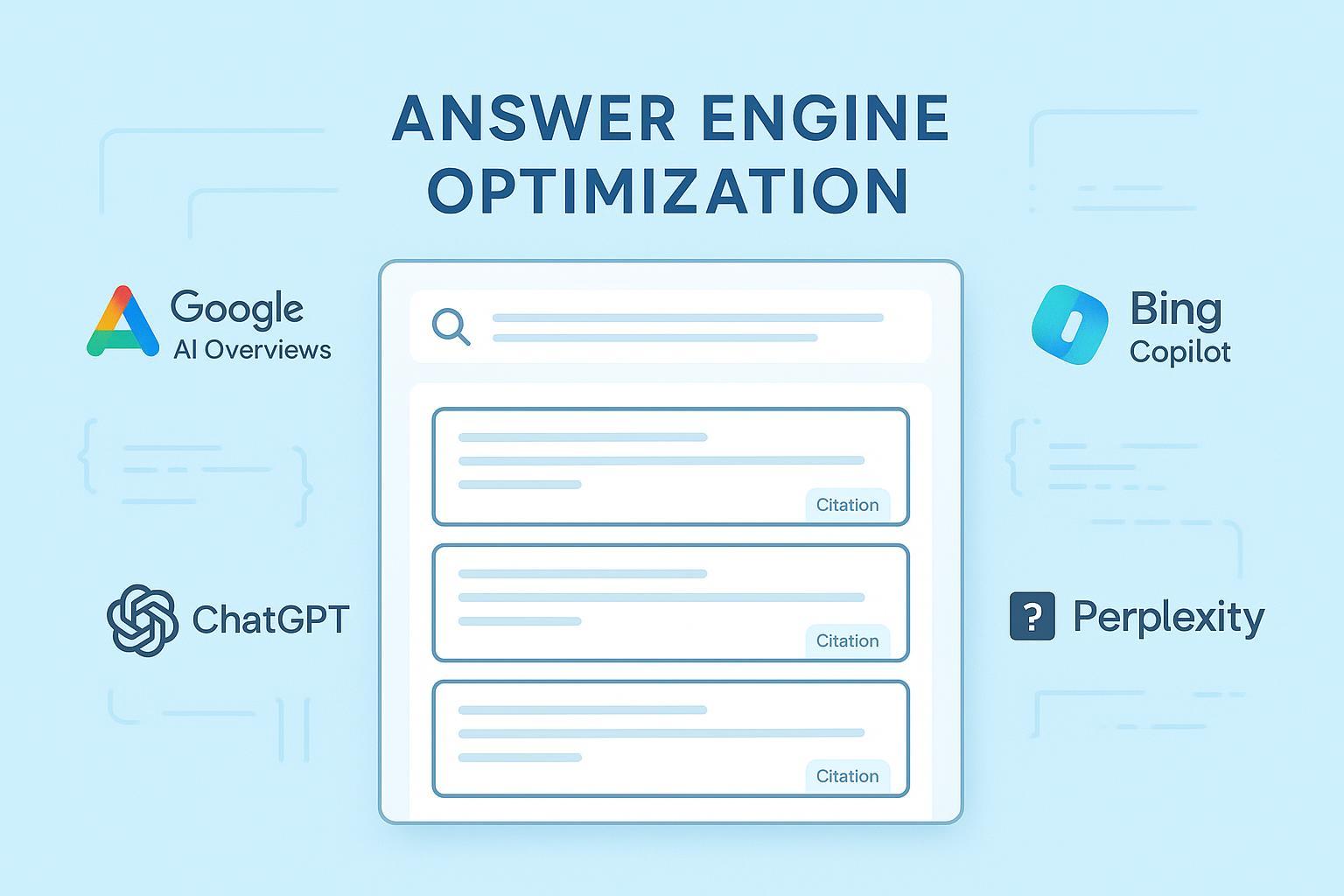User-Generated Content (UGC): Definition & Digital Marketing Examples
What is User-Generated Content (UGC)? Learn its definition, key digital marketing uses, best practices, and real-world examples. UGC vs influencer content.


User-Generated Content (UGC) refers to original content—such as reviews, photos, videos, or posts—created and shared by everyday users rather than brands or professional marketers.
In-Depth Explanation
UGC is a cornerstone of modern digital marketing, prized for its authenticity and its ability to build consumer trust. According to the OECD, UGC meets three key criteria: it is publicly accessible, results from individual creative effort, and emerges outside professional routines. In the context of branding, UGC most often appears as customer reviews, social posts featuring products, unboxing videos, or shared experiences on forums. Unlike paid influencer or branded content, authentic UGC is voluntarily created by users with no direct brand compensation.
While brands may amplify UGC through campaigns (such as social media hashtag contests), ethical practice requires explicit user permission before republishing or repurposing content. UGC not only fuels organic engagement but brings credibility brands cannot manufacture alone.
Key Components of UGC
Authenticity: Content comes from real customers or users, reflecting genuine experiences.
Diverse Formats: Can include photos, videos, testimonials, blog posts, forum comments, and more.
Public Accessibility: Most UGC is shared on social platforms, brand sites, or review pages.
Non-professional Origin: Created outside commercial/professional routines (distinct from influencer or branded content).
User Creativity: Content reflects personal perspective or creative effort.
Real-World Applications
E-commerce: Retailers like Amazon and Sephora display customer reviews and shopper photos on product pages.
Brand Campaigns: Coca-Cola’s “Share a Coke” campaign inspired users to post photos with personalized bottles. Buffer’s guide highlights how brands run hashtag contests to gather UGC for future campaigns.
Travel & Hospitality: Hotels often reshare guest photos (with consent) on Instagram to attract new bookings.
B2B Examples: SaaS companies feature client video testimonials and case studies on their websites, building trust among business buyers.
Legal & Ethical Considerations
Consent is critical: Always secure permission before using UGC in marketing materials.
Respect copyright: Ensure the content’s creator is credited (if required) and aware of use.
Platform rules: Adhere to the terms of service on each digital platform. For detailed compliance, see guides for Creative Commons, GDPR, and DMCA.
Moderation: Monitor for inappropriate or infringing content to protect brand reputation.
UGC vs. Related Content Types
Aspect | UGC | Influencer Content | Branded Content | Earned Media |
|---|---|---|---|---|
Who Creates? | Everyday users | Professional creators | Brand employees/agencies | Media, external sites, users |
Authenticity Level | High (genuine experience) | Moderate–High (varies) | Moderate–Low (controlled) | High |
Compensation | Typically none | Usually paid/sponsored | Paid production | None |
Examples | Reviews, social posts, images | Sponsored posts, YouTube ads | Brand videos, company blogs | Press articles, organic shares |
Related Concepts
Earned Media: Unpaid publicity gained through natural mentions, which includes UGC and press coverage.
Branded Content: Content professionally created to promote a brand, usually by the brand itself.
Influencer Marketing: Partnerships with individuals who create content for their audience on behalf of a brand.
Best Practices for Brands Leveraging UGC
Encourage content creation with branded hashtags or contests.
Obtain clear user consent before republishing.
Curate and feature diverse user voices.
Monitor and moderate for quality, accuracy, and brand safety.
Set measurable objectives and track engagement or sales impact.
Summary: UGC is a powerful, trust-building asset for brands but requires clear ethical and legal practices. By embracing UGC, brands can foster authentic community engagement and amplify positive consumer voices.





